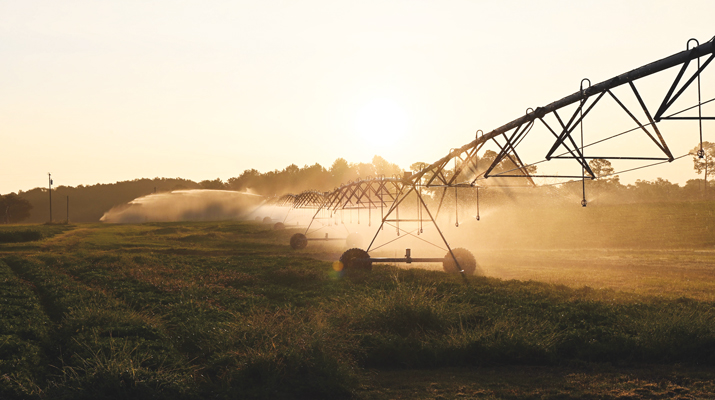Financing growth the right way
Historically, a number of consistently profitable operators in the retail propane industry have chosen to finance growth through their company’s annual earnings. This is an overly simplistic and, frankly, shortsighted view of how to finance growth.
 Carl Hughes |
The problem I often hear is that at times the “checking account is low,” and we simply “don’t have the cash to buy anymore new steel.” Because of this “running-out-of-cash” situation, you declare to the employees that they can’t set anymore new tanks until you see how your year ends and determine how much money there is left in the bank.
The problem
First, the business is profitable because total gross margin is in excess of total operating expenses. However, the business is “out of cash” because the income has not been sufficient to meet both ongoing operating expenses and to fund growth capital expenditures such as new tanks and trucks.
Those who choose this “fund-growth-from-cash” approach are saying their growth is tied to and constrained by the amount of profits produced in the most recent year and whatever is left over in the checking account. The weakness of this logic is linking growth opportunities to annual profit levels.
This strategy places an unnecessary restriction on growth because it takes the company out of a position to grow when clear, solid opportunities appear. Opportunities for growth are limited and often, when passed over, can’t be replaced. To subordinate growth in this fashion is to limit the value potential of the company.
It makes much more sense to plan for growth by using a measured approach that balances all of your resources along with the ability to effectively manage and service the growing customer base.
The solution
A first step to this situation is to consider using well-placed debt as a tool for growth. For example, domestic tanks that have been installed in qualified residential homes have extremely long practical lives and can be counted on to generate quality cash for years to come.
More specifically, your solution is to finance the purchase of new tanks for new customers with term debt of five to 10 years. The new income generated from the new tanks being placed into service should more than meet the principle and interest needs of the note.
At the end of the term, the debt associated with these specific assets will be paid off and they will then generate free cash for the company for years to come. This solution will free up annual earnings to become what it is designed to be – a more discretionary financial tool to be used by management.
Let’s look at an oversimplified example to demonstrate how this borrowing plan can work for you.
Let’s assume you have the opportunity to set 50 500-gallon domestic tanks over the next year. At a cost of $1,000 per tank, this is an annual investment of $50,000. Assume that each tank will generate 1,000 gallons annually and each will then generate $250 of annual earnings. This is based on per-gallon performance of $.65 gross margin less $.40 operating expense spread over 1,000 gallons of annual usage.
Therefore, the $50,000 investment will generate on an annual basis a total of $12,500 in new profits for the company (50 tanks x 1,000 gallons x $.25 per gallon profit).
Advantage of a term note
It just so happens that the annual principle and interest payments for five years for a $50,000 loan at 8 percent is $12,523. In this example, the new cash generated from the new customers ($12,500) covers 100 percent of the annual loan service.
Therefore, the core benefit of the financing plan is that it frees up $50,000 of annual earnings that had previously been used to buy tanks. Plus, after five years, when the debt is retired, this new growth will continue to generate $12,500 of earnings year after year.
If you had not chosen to make this investment in new tanks because you did not have the cash sitting in your checking account, you would have not garnered this long-term stream of quality cash – the $12,500 per year from the 50 new tanks.
In using this type of plan, you are leveraging your finances to their best advantage. Since each $1,000 tank investment generates $250 of profits annually, you are borrowing at an 8 percent interest rate while investing at a rate of 25 percent!
Carl Hughes is senior vice president of business development for Inergy LP. He can be reached at
Chughes@InergyServices.com or 816-842-8181.
















